A Murder of Crows
What is this?
This will serve as a comprehensive record of my Develogs and development process for creating my game, A Murder of Crows. It will track the progression of features, challenges, and updates as I work on building the game.
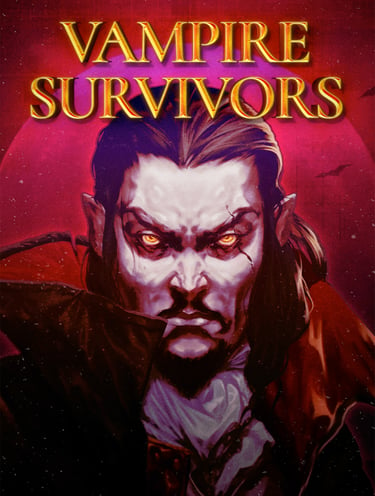

Insperation/References
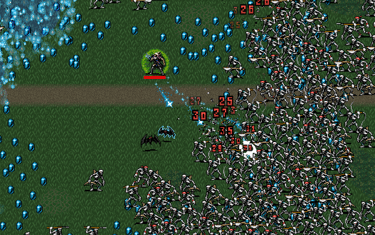

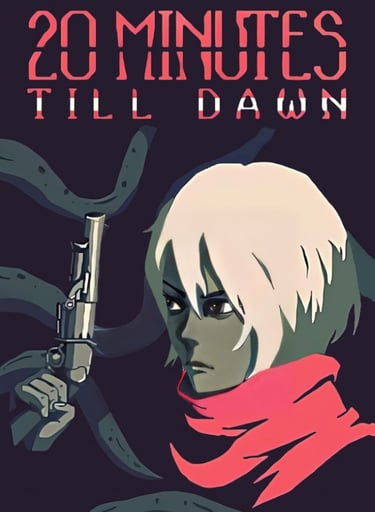

This is the game that restarted the rogue-like trend. Its success sparked a wave of rogue-like shoot-'em-up clones, shaping the direction of the genre. With its unique mix of procedurally generated levels, character progression, and fast-paced action, it became the model for many games that followed. Simply put, it’s the game that started it all.
Vampire Survivors
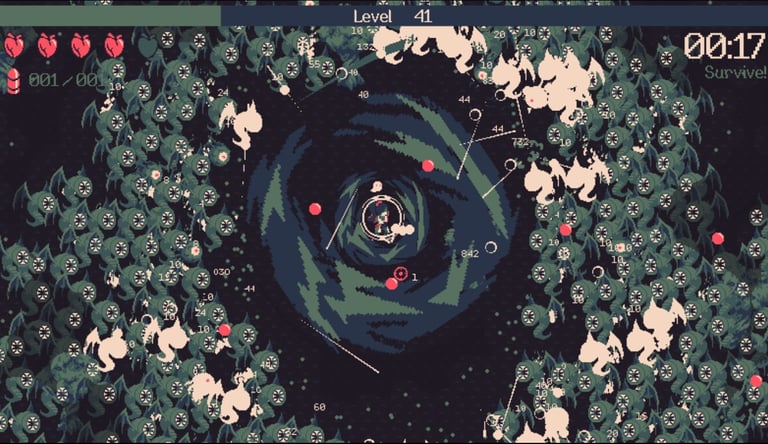

20 Minutes Till Dawn is the main inspiration for my game. It has the right balance of player control and gameplay variety that I want to capture in my own project. While the initial framework will borrow many elements from this game, I plan to make sure my game stands apart and doesn’t just become a direct copy
20 Minutes Until Dawn
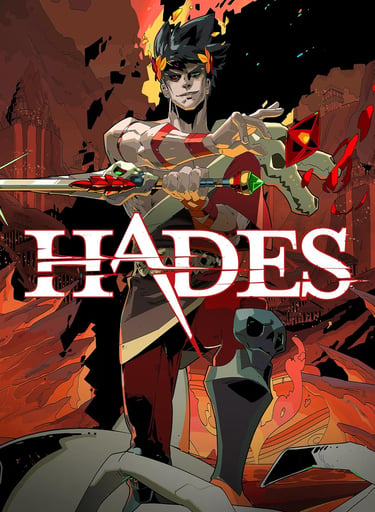

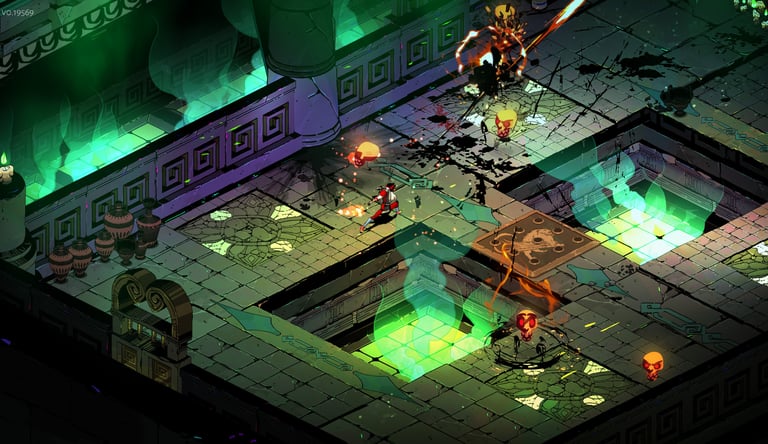

Hades
Looking beyond the shoot-'em-up genre, I think Hades offers great inspiration for how to differentiate Soul Engine from other games in the genre. I really like the hub world concept between runs, where your character’s actions can impact and change things in the hub world. This idea could add a unique layer to the gameplay and provide a more immersive experience.
Design Document
Concept
You are a monster hunter, venturing out each day into a dark and unforgiving world. Your mission is simple but perilous: hunt monsters, collect their souls, and return to town before nightfall. These souls are more than just trophies, they fuel the soul engines that power the town’s generators, keeping the horrors at bay and making the town your only true sanctuary.
Set in a bleak, Victorian-era world, civilization clings to survival behind the glow of these soul-powered machines. Beyond their protection, the land is overrun with nightmares. Armed with powerful firearms and your own personal soul engine, you’ll use the collected souls to enhance your abilities and grow stronger with each monster slain. But skill, strategy, and brutal efficiency are your only means of survival, for the real monsters come out when the soul engines grow dim…
Mechanics
This is a roguelike monster horde survival game where every hunt is a gamble.
By day, you venture out to slay monsters, collecting their souls to fuel your weapons and abilities, making you stronger as the fight rages on. But power is fleeting—when you die or return home, you must turn in your souls, resetting your progress.
Your efforts aren’t for nothing. The town pays you for the souls you bring back, allowing you to purchase rare, permanent upgrades that persist across runs—though earning them won’t be easy.
But stay out too long, and you risk facing the true horrors of the night. The deeper you push, the greater the rewards… and the deadlier the hunt. Will you risk everything for power, or retreat before it’s too late?
Features List
Core Gameplay Loop:
Defeat monsters to collect souls, the primary resource in the game.
Upon reaching a threshold of collected souls, choose from a random selection of combat upgrades, enhancing abilities like movement speed, bullet damage, or unique attack effects.
These upgrades can synergize, creating powerful combinations that evolve your combat style.
Progression and Economy:
Returning home resets your collected souls, but you are paid for your efforts.
Use earned money to purchase permanent upgrades, improving your strength across runs.
Hub Town:
Acts as the game's central hub, where players can interact with NPCs and manage upgrades.
Currently planned to feature three NPCs, with potential for more if development allows.
World Design:
Deciding between:
An infinite, procedurally generated map (easier to implement but risks feeling repetitive).
A large, handcrafted persistent world (more engaging, but requires more development time).
Technologies
This game will be a top-down 2D experience, featuring hand-drawn sprites and artwork to bring its dark world to life.
I'm developing it in Godot 4.3, using GDScript, a Python-like language that I’m highly familiar with. My workflow is supported by resources such as GDQuest, the Godot Docs, and various online tutorials.
Given its mouse-based aiming, the game is best suited for PC. A gamepad-compatible version could be possible in the future, though some abilities may need adjustments to ensure smooth gameplay.
Current Art
Develogs
Below are the develogs I will be creating as I progress making this game.
1. Getting Started
February 14, 2024
I used GDQuest’s “Create Your First 2D Game From Zero with Godot 4” tutorial (found here) as the foundation for my game. The tutorial walks through creating a basic Vampire Survivors-like game, where I developed the player character, weapons, enemies, and spawning mechanics. While it served as a helpful starting point, I plan to expand far beyond the simple mechanics and code covered in the tutorial.
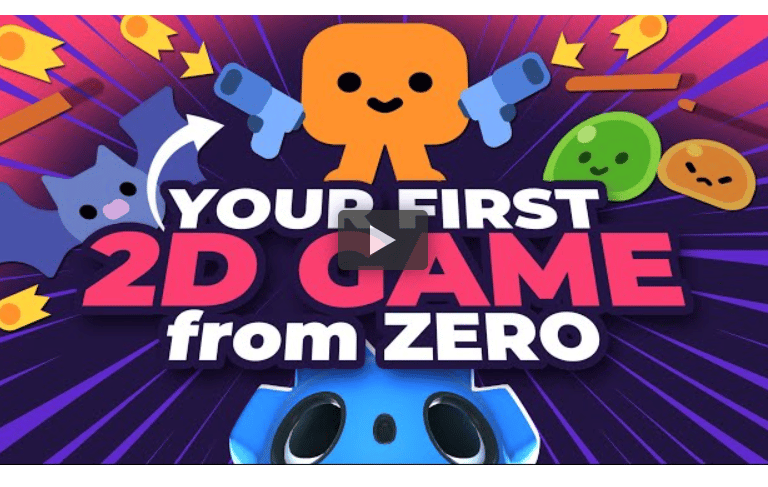

2. Figuring Out Upgrades
February 15, 2024
The main challenge I encountered was deciding how to handle player upgrades, as they affect more than just weapons, they impact multiple aspects of the player.
I realized that creating a global variables script would be the best approach to manage all the upgrades. Since the player script is responsible for checking and applying these upgrades, it made sense to store them there. Once this system was in place, implementing the individual upgrades became much more straightforward.
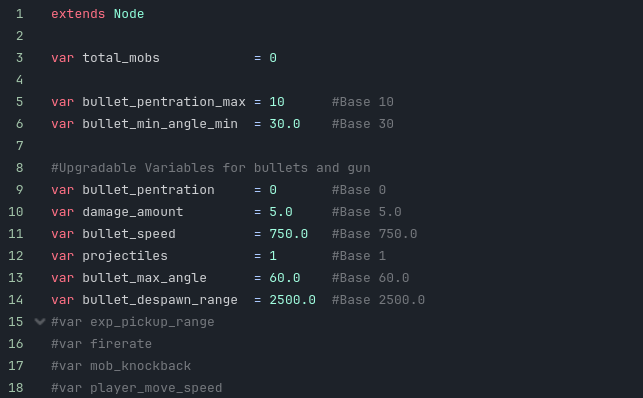

3. Impementing Upgrades
February 16, 2024
I completely reworked how the gun mechanics function. Instead of targeting the closest enemy, the gun now follows the player’s cursor. In the shoot function, I added the ability to spawn multiple bullets in a fan pattern, evenly spreading them out. This required a bit of math, but it wasn’t too difficult to implement.
Another upgrade I added was bullet penetration. To make this work, I had to modify the bullet’s behavior to dynamically detect whether it hit an object. Each impact reduces the bullet’s damage by 20 percent to prevent bullet penetration from becoming too overpowered

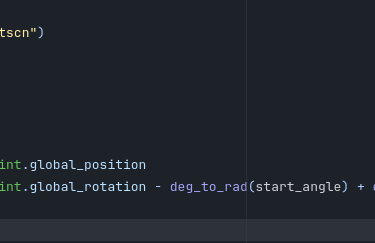
4. Figuring Out Upgrades
February 20, 2024
I added a soul drop mechanic, where a square appears when an enemy dies. These squares represent the monster souls. When the player collides with a soul, it disappears and fills the experience bar. Once the player reaches a specific threshold, they gain an upgrade, and the experience bar resets. The threshold for the next level is increased by 20 percent, making each level progressively harder to reach.
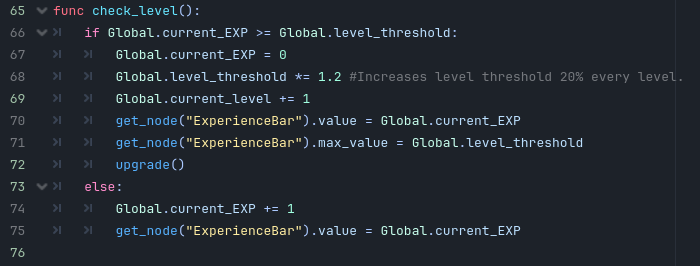

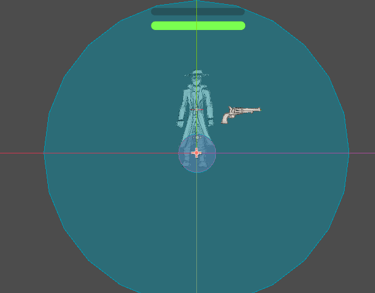

5. Bugs and Enemy Feedback
February 23, 2024
I ran into a bug with monster soul spawning. Using add_child() followed by queue_free() to remove the node was causing an error after killing every enemy. This issue persisted for a while until I found a solution using the call_deferred() method, which delays adding the child during idle time, preventing the error.
Additionally, I had changed the sprites a while ago, but the example sprites included effects for damage feedback. Since the new sprites lacked these effects, I added a knockback system to show the impact of the bullets and enhance the visual feedback.
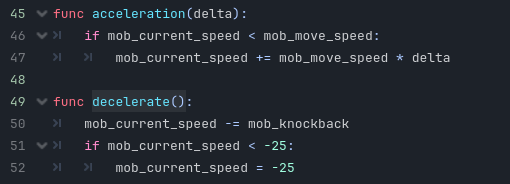

Prototype Snapshot
February 24, 2024
I estimate that I’m about 70% through the project. Most of the major features are in place, and I almost have a full game loop ready. The next big step is to implement a basic UI that will let players buy upgrades and access a start/pause screen. Once those elements are in, I’ll assess my progress and decide what might need to be cut. For example, I could remove features like a player hub or static map without affecting the core gameplay, allowing me to still have a complete experience.
Implemented Features:
Player Character
Movement/Collision
Health
Overlap with enemies causes damage.
Weapons
Added a pistol that follows the player’s mouse cursor and spawns bullets that damage monsters.
Basic Monster
Movement/Collision
Damage to Player
Player can damage monsters
Spawning
Enemies spawn outside of the player's range.
Path2D node generates spawn coordinates that follow the player off-screen.
De-spawning
Monsters de-spawn when their health reaches zero.
Souls
Monsters drop souls when killed.
The player has a collision range that interacts with the souls.
Upgrades
Bullet Penetration
Allows bullets to penetrate multiple enemies before despawning, with damage decreasing per enemy.
Damage Increase
Bullet Speed
Projectiles
Adds an additional bullet that spawns when firing. The spread is determined by the Bullet Max Angle.
Bullet Max Angle
Determines bullet spread; upgrades decrease the angle for a more concentrated spread.
Bullet Despawn Range
End Game State
Death ends the game.
Timer-based survival ends the game when the timer runs out.
Timer Mechanics
Enemy spawn rate increases with time:
Half the time left doubles spawn rate.
Quarter time left quadruples spawn rate.
Features Still to Implement:
HUD UI
Allow players to select random upgrades when they level up.
Start/Pause Menu
Player Hub
A small town where players can interact with NPCs and buy permanent upgrades before time runs out.
Enemy Types
Bosses
Projectile-spawning enemies
Fast-moving enemies
Exploding enemies
Character Animations
(may be scaled back)Player
Zombies
Bosses
Sounds
(to be added)
Bugs:
Too many interactions between enemies
When too many enemies spawn, the game begins to lag. This is likely due to excessive collision calculations between enemies.
UI Bugs
The player UI element is not attached to the character and shifts when the screen resolution changes.
Enemies attaching to player
Enemies occasionally stick to the player, causing repeated damage.

